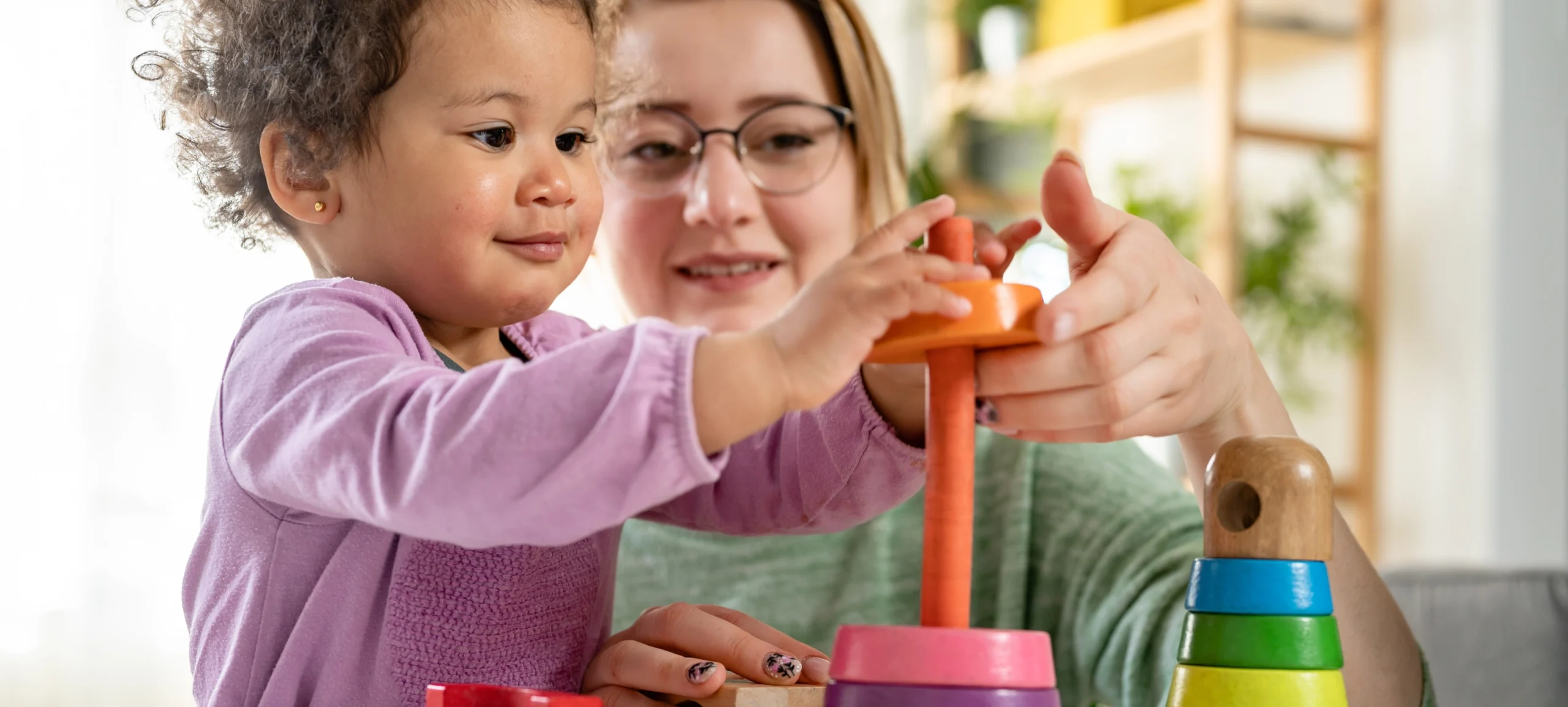Traditional time-outs have long been used as a disciplinary measure, involving isolating a child after misbehaviour. However, this method may not effectively teach self-regulation or address the underlying emotions leading to the behaviour. An alternative approach is the establishment of a calm-down corner, a dedicated space where children can learn to manage their emotions constructively.
Benefits of a Calm-Down Corner
A calm-down corner serves as a supportive environment for children to recognise and regulate their emotions. Unlike punitive time-outs, this space encourages self-soothing and emotional intelligence, fostering a child’s ability to handle stress and frustration.
Steps to Create a Calm-Down Corner
- Involve Your Child in the Process
Collaborate with your child to design the space, ensuring it meets their preferences and needs. This involvement increases their willingness to use the area when needed.
strong4life.com - Select an Appropriate Location
Choose a quiet, comfortable spot in your home where your child feels safe. This area should be free from distractions, allowing them to focus on calming down.
strong4life.com - Equip the Space with Calming Tools
Include items that help your child relax, such as:- Soft pillows or a cozy chair
- Favourite stuffed animals
- Sensory toys like stress balls or fidget spinners
- Books on emotions
- Visual aids for breathing exercises
- These tools can assist your child in managing their emotions effectively.
challengingbehavior.org - Establish Clear Guidelines
Discuss with your child when and how to use the calm-down corner. Emphasise that it’s a positive space for self-regulation, not a punishment. Role-playing scenarios can help them understand its purpose.
thebump.com - Teach and Practice Coping Strategies
Introduce techniques such as deep breathing, counting, or mindfulness exercises. Practicing these strategies regularly equips your child with the skills to use them effectively when needed.
teachstarter.com
Calm-Down Corner vs. Time-Outs
While time-outs focus on isolating a child following misbehaviour, calm-down corners provide a proactive approach to emotional regulation. This method emphasises teaching children how to cope with their feelings, leading to better long-term behavioural outcomes.
By implementing a calm-down corner, parents can create a nurturing environment that supports their child’s emotional development, promoting healthier responses to challenging situations.
Sources:
- Creating a Calming Corner at Home for Kids – Strong4Life
- Calm Down Corner: What’s In Ours & Why Have One – Parent from Heart
- Taking a Break: Using a Calm Down Area at Home – Challenging Behavior
- How to Create a Calm-Down Corner at Home – The Bump
- How to Create a Classroom Calm Down Corner — 9 Ideas for Teachers – Teach Starter
We understand that there are many aspects that encompass a Mother, Father or Child and strive toward providing resources and services that accommodates this.
Our content is aimed to inform and educate families on issues starting from pregnancy through to the challenges of the teen-age years.
- Say Hello to the Ultimate Holiday Brunch Bite - December 17, 2025
- Tiny Toons Looniversity Returns: Meet the Voice Behind Plucky and Hamton! - December 12, 2025
- From Pain to Possibility: Panado®’s New Marketing Campaign, Highlights The Joy Of Pain Relief - December 10, 2025





